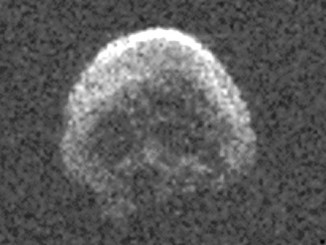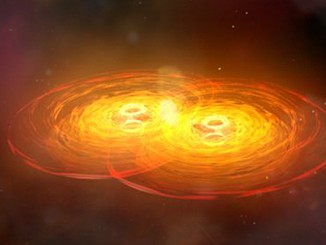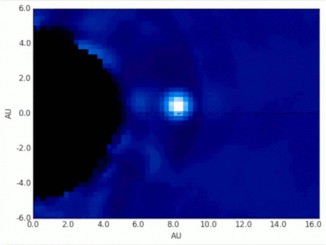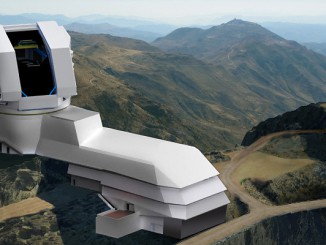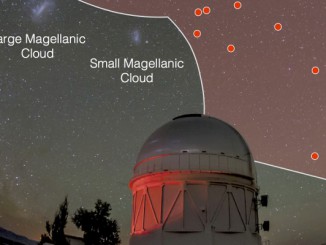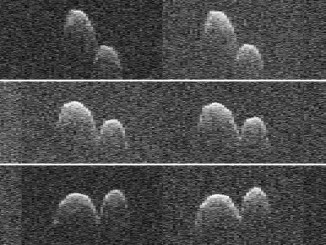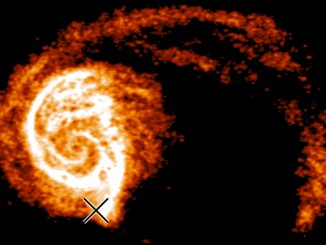
ALMA observes growing pains in a cluster of protostars
Astronomers using the Atacama Large Millimeter/submillimeter Array (ALMA) have discovered an adolescent protostar that is undergoing a rapid-fire succession of growth spurts. Evidence for this fitful youth is seen in a pair of intermittent jets streaming away from the star’s poles. Known as CARMA-7, the protostar is one of dozens of similar objects in the Serpens South star cluster, which is located approximately 1,400 light-years from Earth.

